News
 We have been following the path of Windows 8 pretty closely including trying out the Developer’s preview on some existing tablet hardware (which lasted all of 4 days). So far we have a good feel for the OS and what is nice and what is not. We have talked at length about the mistake that we feel the MetroUI is both for the tablet market and the desktop. But it is the tablet market that we are most interested in. We know that there will be more x86 (64) based tablets in the future especially with the popularity (relatively) of the ones that are currently out (and that use a full Intel Core CPU and not an Atom). But how will ARM fare even a quad core ARM SoC when Windows 8 and all of its anticipated bloat hits it?
We have been following the path of Windows 8 pretty closely including trying out the Developer’s preview on some existing tablet hardware (which lasted all of 4 days). So far we have a good feel for the OS and what is nice and what is not. We have talked at length about the mistake that we feel the MetroUI is both for the tablet market and the desktop. But it is the tablet market that we are most interested in. We know that there will be more x86 (64) based tablets in the future especially with the popularity (relatively) of the ones that are currently out (and that use a full Intel Core CPU and not an Atom). But how will ARM fare even a quad core ARM SoC when Windows 8 and all of its anticipated bloat hits it?
This is that thing that has us wondering. Well we think we have an answer as ARM has just announced 64-bit capable processors. The ARMv8 is a going to be a new specification for ARM processors that is capable of executing both 32 and 64-bit instructions. This means an extended memory profile (not to mention performance) for applications that can handle the 64-bit memory block addressing. But more than that these smaller and lighter CPUs will be heading to the enterprise for some specific tasks (which means the rumors about a future ARM based version of Windows Server are true). Imagine being able to utilize these low power lost cost CPUs to run Domain Controllers, Web Server and other system that do not require the heavy lifting of a full x86-64 CPU. It will save companies quite a bit of money, and what is more… what starts in the enterprise ends up on the consumer’s plate. We have a sneaking suspicion that these new CPUs will end up in the consumer market faster than usual though as the press release about this mentioned Microsoft and nVidia directly. nVidia has made no secret that they want their Tegra SoCs to represent 50% of their revenue which means the consumer market for sure (with some enterprise products just for fun).
As of right now, the first devices will not be announced until 2012 with the first prototypes hitting in 2014. This means that while we have a good wait ahead of us it will give Microsoft time to fix what is buggy in Windows 8 just in time for the new 64-bit ARM CPUs to launch.
Discuss in our Forum
- Details
- By Sean Kalinich
- Hits: 2814
 Over the last few months I have watched a few analysis articles hit the internet with comments about the “stale” PC market and how the desktop PC is dying. These predictors of doom and gloom have always been around and in many cases I have a feeling they are saying these things because they want you to believe them. The funny thing is that the reality of the PC market is quite different from these fairy tales. If you need proof of that you need look no further than the earnings results from the two main CPU manufacturers. Intel posted a record quarter and even AMD is profitable and managed an increase in revenue over last quarter.
Over the last few months I have watched a few analysis articles hit the internet with comments about the “stale” PC market and how the desktop PC is dying. These predictors of doom and gloom have always been around and in many cases I have a feeling they are saying these things because they want you to believe them. The funny thing is that the reality of the PC market is quite different from these fairy tales. If you need proof of that you need look no further than the earnings results from the two main CPU manufacturers. Intel posted a record quarter and even AMD is profitable and managed an increase in revenue over last quarter.
AMD has finally started to turn things around on their own. For a little while they were running off of the settlement that they received from Intel and we watched with interest as they dipped back down from profit to loss. However they had a rebound in Q2 and managed a $61 million in net income in Q2. For Q3 AMD has seen a very nice improvement. Their total revenue was $1.69 Billion with a 7% new income increase of just over 7% bringing the Q3 income up to 97 Million. This is a HUGE improvement over Q3 2010 where they posted a $118 Million Dollar loss. Of course this was taken care of in Q4 by the Intel settlement which let AMD post their first positive quarter in something like 5 years.
AMD’s ATi division also saw improvement where they posted a net income of $12 Million. In Q2 this division was down and posted a $7 Million loss. Right now AMD is pointing toward the Llano APUs as the reason for this increase in cash. Another factor in this (according to the AMD press release) is an increase in adoption of the AMD platform in notebooks. They specifically mention Asus, Acer, Dell, Lenovo, HP and others saying that they have globally increased their offerings with AMD APUs.
Things do look up for AMD, but there is an interesting statement in their PR which leads me to think that all is not beer and pizza. Looking at their forecast AMD is predicting only a 3% growth with a 1-2% margin of error. This means that despite the launch of a new Opteron, the new FX Series CPUs and additional OpenCL adoption they are only expecting a 1% revenue increase in Q4. This is not what I would call confidence in newly launched products. We will see if AMD is able to pull off a better increase or if the launch of Intel’s next CPU will put a damper on their Q3 increases and end 2011 for AMD on a down quarter.
Discuss in our Forum
- Details
- By Sean Kalinich
- Hits: 2605
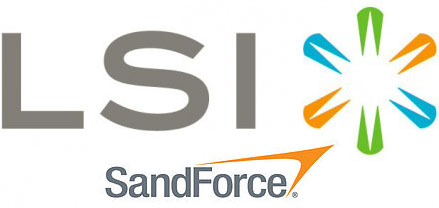 LSI, maker of storage adapter cards and other such fun products has bought Sandforce for a whopping $322 Million in cash. We all read about is yesterday with everyone pushing out the press release, but the question is, what does this mean to the market? I asked a contact of mine in the DAS (Direct Attached Storage) performance group and was surprised to hear that they did not know anything about the deal.
LSI, maker of storage adapter cards and other such fun products has bought Sandforce for a whopping $322 Million in cash. We all read about is yesterday with everyone pushing out the press release, but the question is, what does this mean to the market? I asked a contact of mine in the DAS (Direct Attached Storage) performance group and was surprised to hear that they did not know anything about the deal.
This means that this deal is outside the normal company envelope. While we are certain that LSI will be producing SSDs in the future it does make me wonder how this will impact the way their company operates. After all LSI has had a long standing partnership with Seagate and at one point it was rumored that delays in the Pulsar Enterprise class SSDs was due to LSI building their own SSD controller. Now we wonder if there was some truth to that rumor.
So what does the combination of LSI and Sandforce mean to the market? For the short term you can expect the price of SSDs using the Sandforce controller to go up as they have to pay for this deal somehow. Next we are sure that LSI will enter the PCIe SSD market in the next 12 to 18 months. This will probably be followed by an enterprise class SSD to rival the ones that Intel and Seagate are producing. After that the consumer drives will start hitting and another SSD player is born. It is an interesting thing, not all that long ago someone told me that making HDDs was a hard and demanding task, but anyone with flash memory could make an SSD. Given the number of companies on the market making SSDs we have to agree with them, but then again an SSD is like Pizza; when they are good, they are very good and when they are bad… well they are still pretty good.
We are looking forward to finding out more about what is going on with Sandforce and LSI in the coming months, the deal won’t be final until probably 2H 2012 so there is still the chance that something will pop up. In the meantime we are going to see if we can find out more from both LSI and Sandforce about this.
Discuss in our Forum
- Details
- By Sean Kalinich
- Hits: 2736
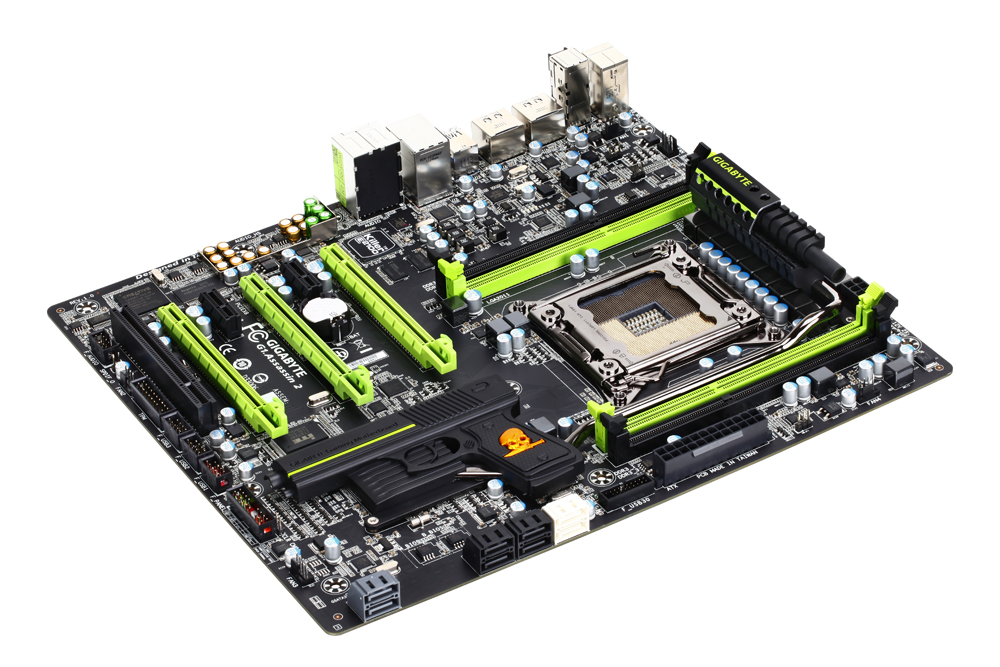 We all know that Intel is launching a new CPU in the next few months to replace the 1366 socket and the X58 chipset. There is not a whole lot of detail around on this, but we can gauge the time of launch by the number of companies that are currently “launching” X79 motherboards. If history is any indication we are within about 3 months of seeing a new CPU from the Blue Team.
We all know that Intel is launching a new CPU in the next few months to replace the 1366 socket and the X58 chipset. There is not a whole lot of detail around on this, but we can gauge the time of launch by the number of companies that are currently “launching” X79 motherboards. If history is any indication we are within about 3 months of seeing a new CPU from the Blue Team.
Still things are a little different this time; when we saw the P55 and P67 launches the boards were flowing to the review sites and we had previews, unboxings, and everything in-between. We even had a stack of P67 motherboards about a month before the CPU arrived on our doorstep. This time companies are being a little more… careful in how they send products out. I was not the only one to get buried under an avalanche of boxes right up to the actual launch date. 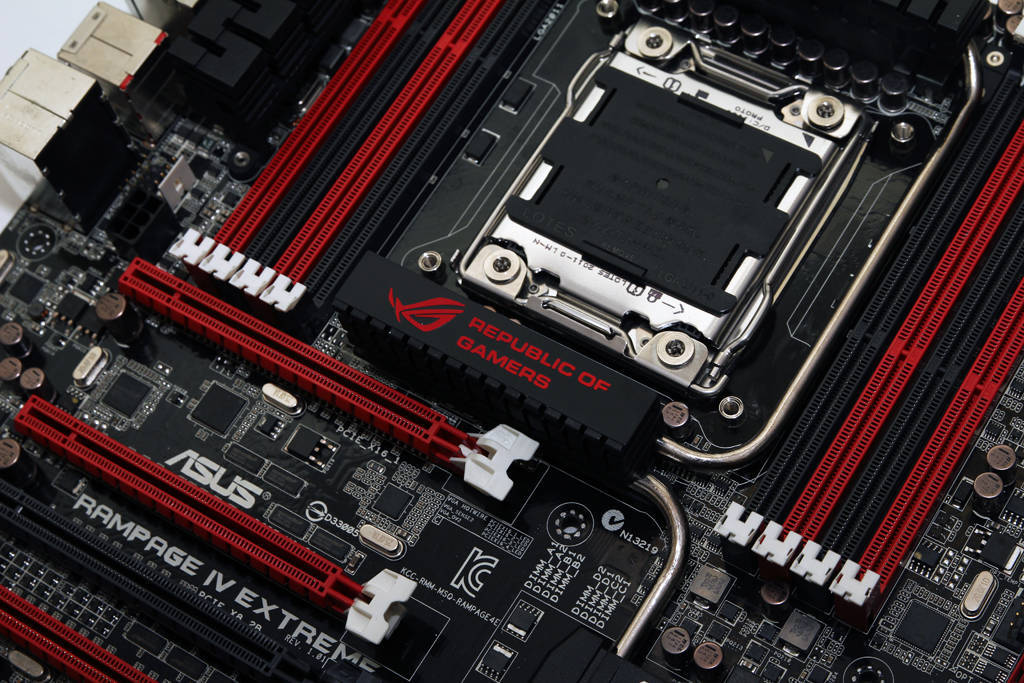
Now instead of flooding the sites with pre-production boards we are seeing the manufacturers themselves conducting the photo shoots and writing up the details. These are what the press has to talk about (unless you are lucky enough to get invited to a launch event at a company headquarters). Still that is what we have to go on so that is what we will talk about now. So far we have heard from two of the larger competitors. Asus has pushed out their Rampage IV Extreme and shown it off to a select group of journalists. These lucky few got to see a board that while containing a complete BOM (Build of Materials) was not likely to work. Some have even been able to actual take a closer look at the board in person but those have been few and far between.
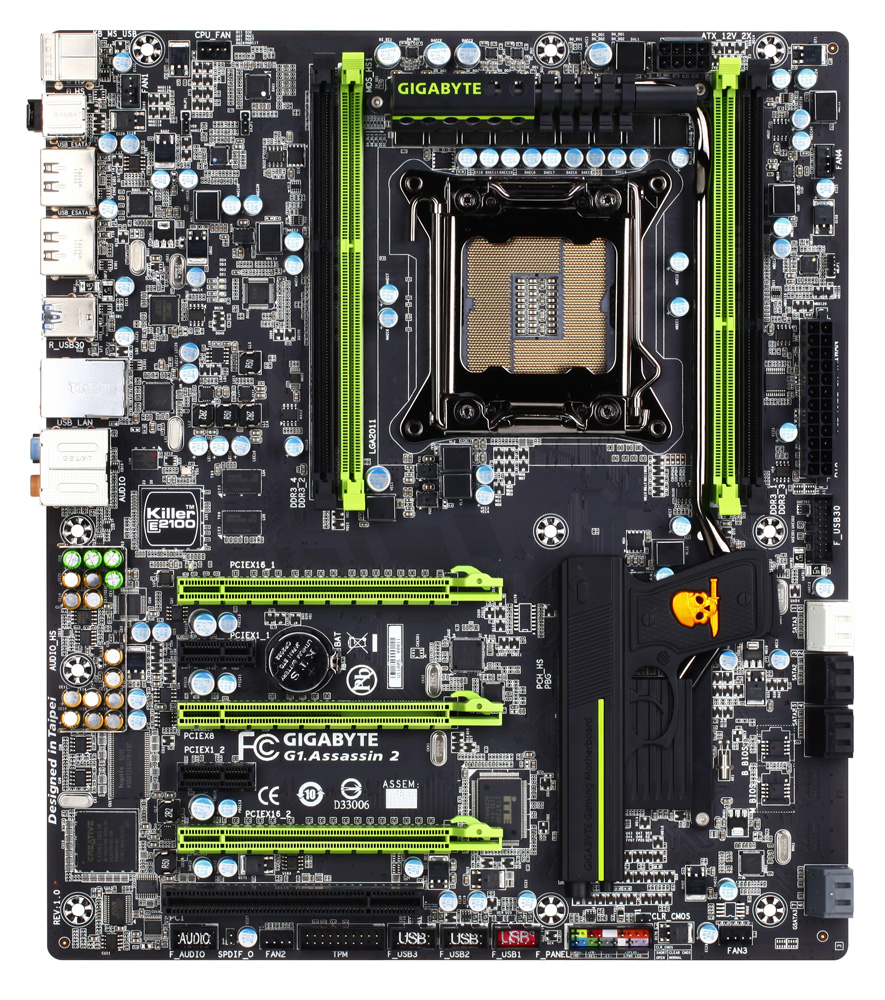 |
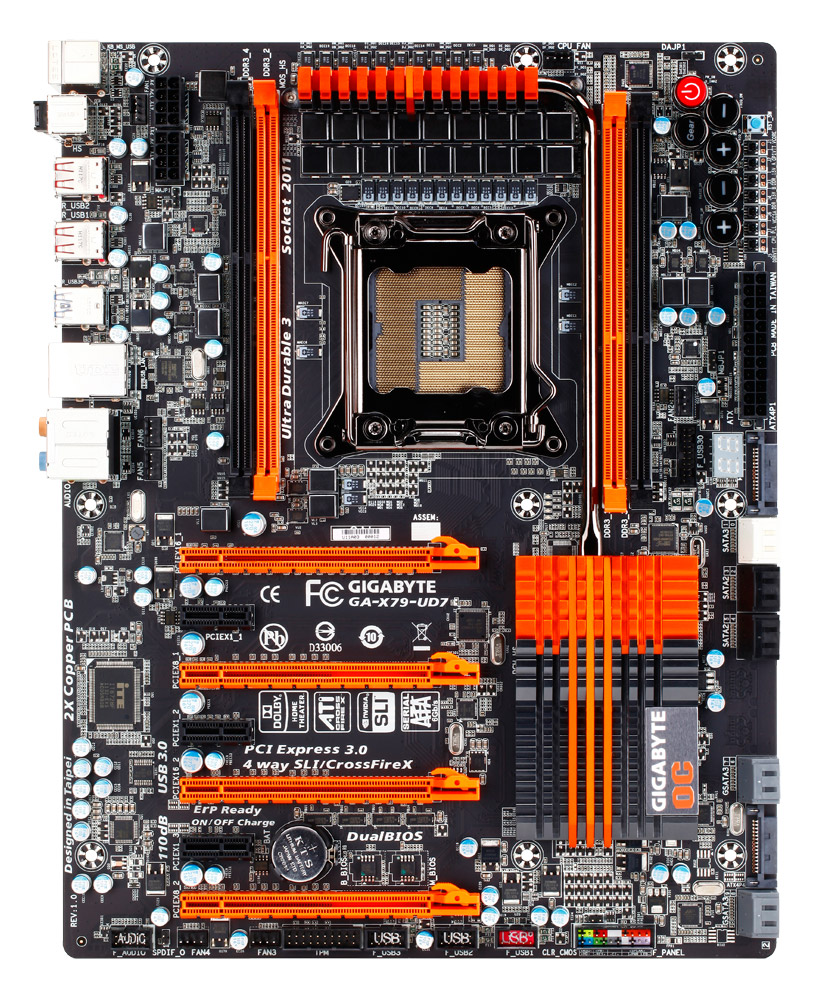 |
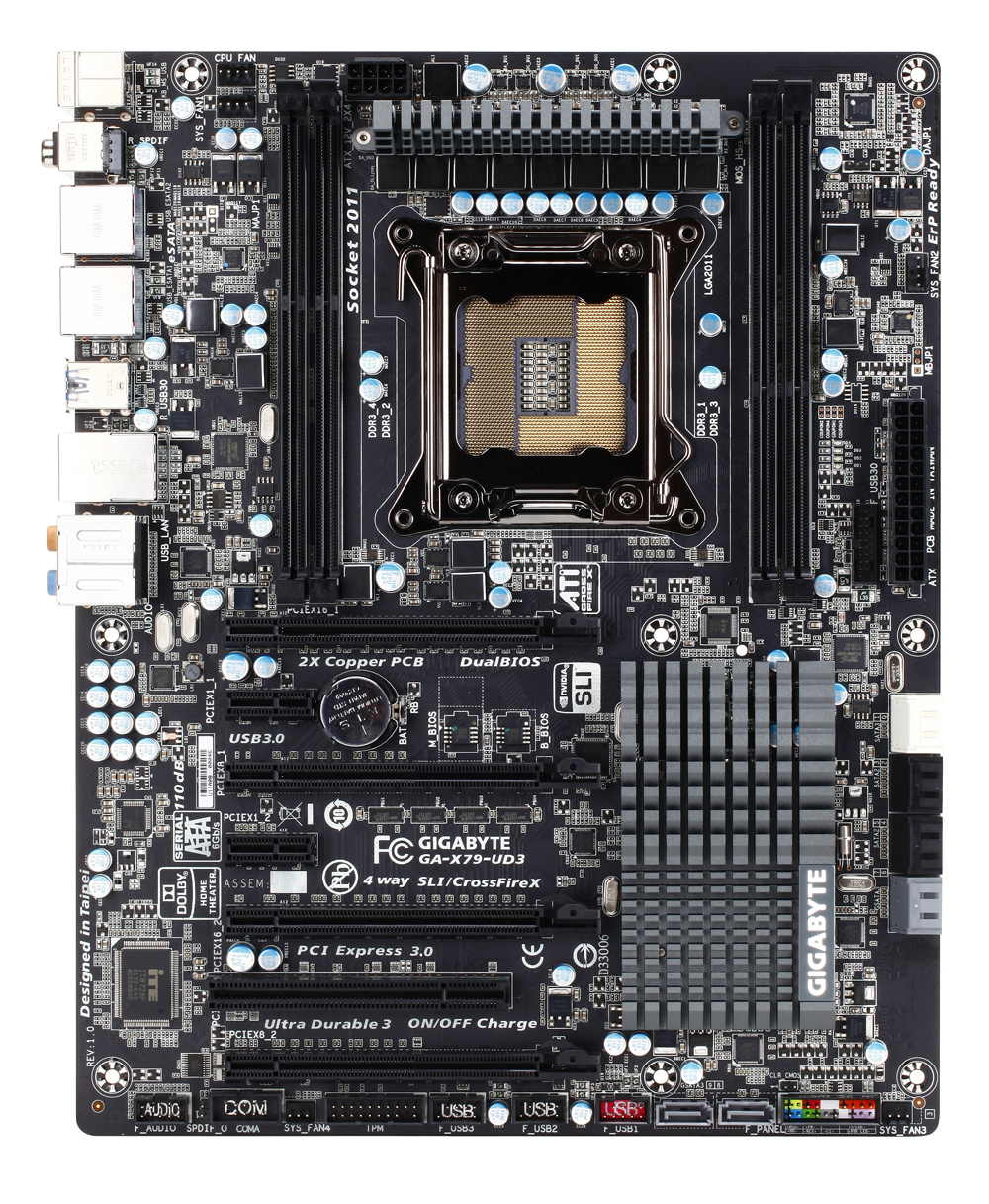 |
Next up we have a whole line of boards from Gigabyte. Not content to just launch one Gigabyte is showing off a total of four. These boards range from their top end gaming board the G1 Assassin 2 to their more mainstream X79-UD3 (stopping along the way to pick up the crazy overclocker on the X79-UD7). 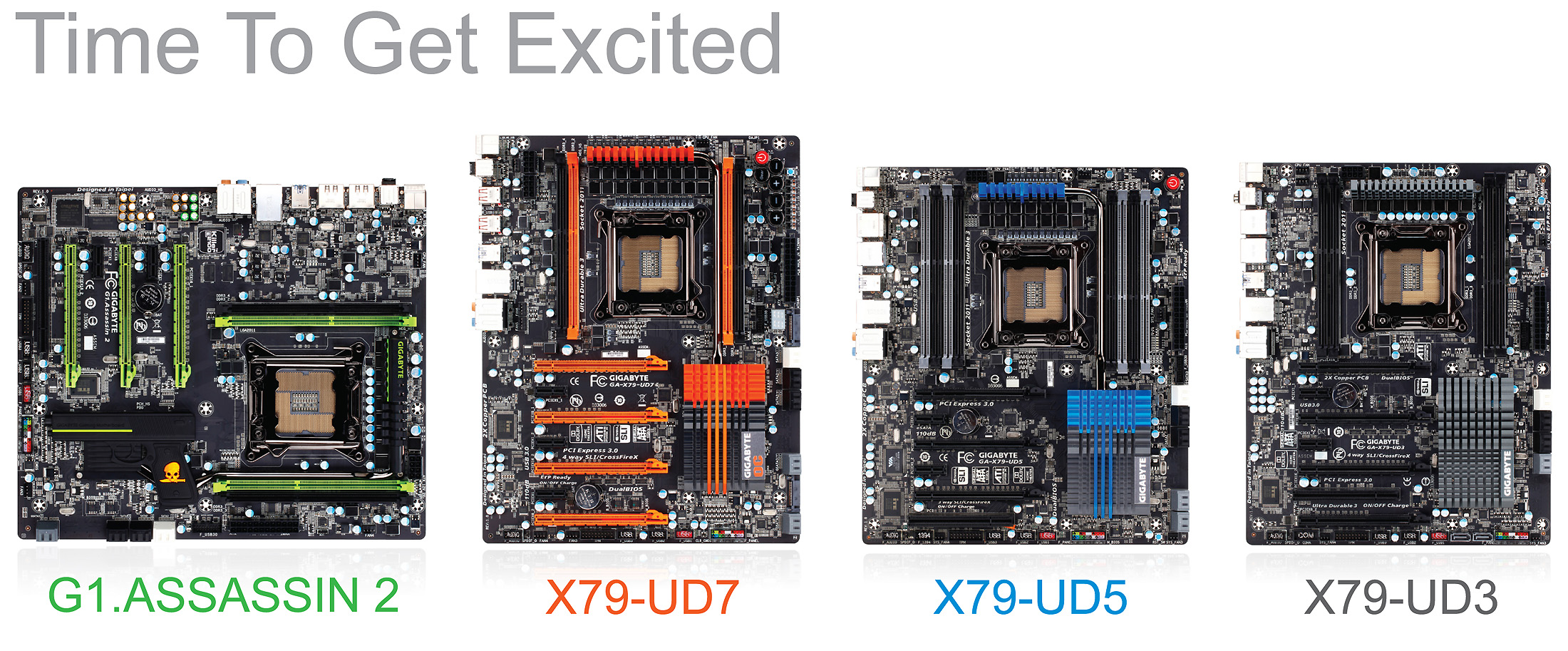
We really are looking forward to each and every one of these products. They are bringing a new socket, a new memory specification (not really but sort of) and much more. As we find out more about the X79 and Intel’s next generation CPU we will be sure you let you know. One thing we can tell you now, it is certainly not going to be boring.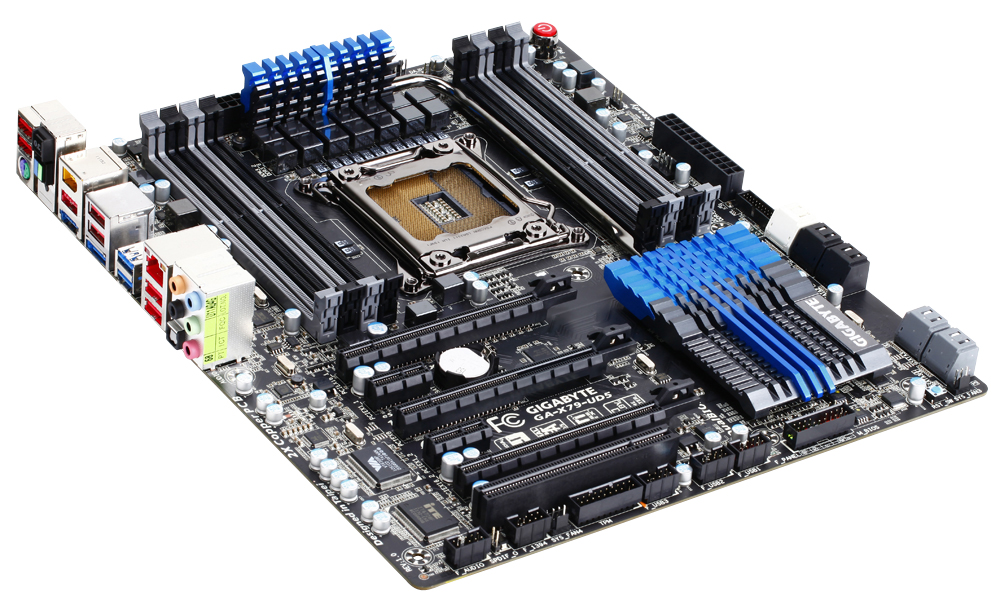
Discuss in our forum
- Details
- By Sean Kalinich
- Hits: 3829
 We have been following the flexible displays since they first made their debut on the next about a year ago. The idea of having an LED display that can bend and flex is simply a great one. I personally have lost a couple of laptops that did not have this feature and we are sure that anyone that owns a tablet right now is thinking about how much this technology will come in handy. The funny thing is that while many people thought that Apple would be the ones to work in this first it is actually being spearheaded by Nokia.
We have been following the flexible displays since they first made their debut on the next about a year ago. The idea of having an LED display that can bend and flex is simply a great one. I personally have lost a couple of laptops that did not have this feature and we are sure that anyone that owns a tablet right now is thinking about how much this technology will come in handy. The funny thing is that while many people thought that Apple would be the ones to work in this first it is actually being spearheaded by Nokia.
This week at the Nokia World Show the press and luck attendees got to see more than a Windows Phone as Nokia engineers showed off a new device that not only had a flexible display, but could also be controlled by bending and twisting it. These kinetic controls were able to zoom in and out, pause music scroll and more. This was in addition to the normal multi-touch input that the screen was capable of.
So far all of the information we have is that this was very impressive and while no one has let slip how this is accomplished we are hearing that it has to do with Carbon Nanotubes. These Nanotubes change resistance when bent and if they are suspended in the right medium along with a AMOLED display you have something rather special. We can see applications beyond the typical phone or tablet such as in a doctor’s office where bending the image around gives you the ability to look at an MRI result or X-Ray from all angles. If Nokia is serious about this we have one suggestion for them…. Get to the patent office right now and put in your paper work before Apple does.
Source; Multiple
Image Credit CNET
Discuss in our Forum
- Details
- By Sean Kalinich
- Hits: 2900
More Articles …
Page 548 of 570



